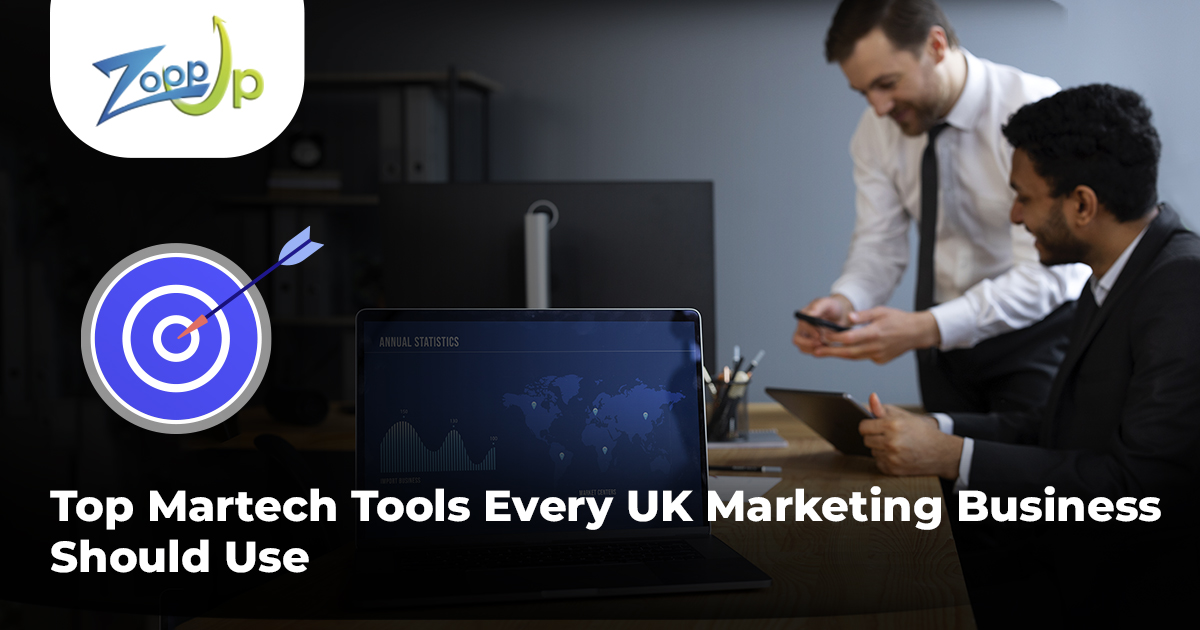How to Write AI Content That Still Sounds 100% Like You
 How to Write AI Content That Still Sounds 100% Like You
min
read
How to Write AI Content That Still Sounds 100% Like You
min
readJun 27, 2025
Ever read a blog or caption and instantly thought, “Yep, a bot wrote this”? We all have. It’s way too polished. Too robotic. No edge. No attitude. Just… flat. That’s the risk with AI content today. Sure, tools like ChatGPT and others can churn out a thousand words in minutes. But often, the content starts sounding like everyone else who clicked “generate” and is doomed to disappear into the abyss. In 2025, your voice is your brand. It’s what makes people pause, scroll back, and pay attention. Lose that, and no algorithm can save you. But AI doesn’t have to kill your voice. Done right, it can amplify it. This blog shows you how to keep your tone, your energy, and your edge—while still letting AI do the heavy lifting. Let’s get into it. Why “Good Enough” AI Content Isn’t Good Enough Anymore We’ve moved past the “wow” phase of AI. Everyone’s using it now. Which means your AI-written blog, email, or caption? It’s probably competing with a hundred others that sound exactly the same. Most AI content is surface-level. It’s grammatically correct, semi-interesting, but lacks personality. It won’t mess up—but it won’t stand out either. And that’s the trap. Your brand needs to do more than just exist online. It needs to feel like something. If your content doesn’t carry your rhythm, attitude, or quirks—it’s dead weight. Today’s audience scrolls fast, but they pause when something sounds different. Human. Real. So “just okay” content? It’s basically invisible. Injecting Personality Into AI-Generated Drafts You can’t hit “generate” and call it a day. You need to work the draft until it sounds like you wrote it with coffee stains on your hoodie and a deadline breathing down your neck. Here’s how to do that: Change the First Line—Every Time AI loves safe openers. “In today’s digital landscape…” Nah. Rewrite it. Your first line should grab attention like it’s late rent. Think punchy. Unexpected. Maybe even weird. Just don’t let it sound like a school essay. Talk Like You Talk Would you say “leveraging synergistic solutions” in real life? No? Then why’s it in your content? Replace generic phrases with stuff you’d actually say. If you’d say “grab it now” instead of “avail the opportunity,” then do that. Write like you're texting your smartest friend. Drop in Real References Mention things that only your brand would mention — past campaigns, customer slang, memes your audience knows. Even a random but relevant pop culture bit helps break the AI pattern. Make it yours. Own your corners. When to Let AI Drive—and When to Take the Wheel Let’s be real: AI is amazing at a lot of things. But it doesn’t know your gut. It doesn’t know what your audience laughed at last week. Or how your tone shifts when you’re selling vs storytelling. So, here’s when to trust AI—and when to step in: Let AI Drive When: You’re brainstorming headlines or hooks: It can shoot out 20 ideas in 10 seconds. You’ll probably only keep 2, but that’s still a win. You need help structuring your thoughts: AI can map out a blog, outline a newsletter, or even list out value props. Great when your brain feels like static. You want variations fast: For A/B testing CTAs, ad copy, or subject lines, AI’s your best unpaid intern. Take the Wheel When: You’re writing anything brand-facing: Final captions, homepage copy, campaign slogans — these have to feel like you. Tone matters more than info: AI can’t feel nuance. If the tone is what sells it (think DTC, sass, or sentiment), that’s all you. It’s a big moment: Product launch? Viral ad push? Press feature? Don’t let a bot take the stage. Be there in every word. Give It a Vibe Check Before You Publish Once the content’s done, don’t just run it through Grammarly and call it a day. Run it through your lens. Your tone. Your energy. Read it out loud. Seriously. Does it sound like something you’d actually say? Or does it sound like an intern trying to be formal on day one? Ask yourself: Is this too polished to feel personal? Would my audience actually enjoy reading this? If my brand had a voice, would it sound like this? If the answer is “eh,” it needs work. A few tweaks to word choice, sentence length, or rhythm can make a huge difference. The goal? It should feel like you, not “you using ChatGPT.” The 80/20 Rule of AI Writing (The Smart Way to Work) Here’s the cheat code: use AI for 80% of the heavy lifting, but you finesse the final 20%. Let AI do the boring stuff — outlines, content blocks, variations, grammar fixes. Then you go in with the edits that add life, voice, and edge. This way, you get speed and soul. Trying to write everything manually? Burnout. Trusting AI too much? Bland content. The real sweet spot? Let AI be your assistant, not your ghostwriter. It’s not about who writes the first draft — it’s about who finishes it right. Train AI to Sound More Like You Yes, you can actually train your AI tools to mimic your voice better. It just takes a bit of setup. Feed it examples of your past content like your emails, blog intros, captions, etc. Highlight what you like: humor, sentence length, certain phrases. The more examples and context you give, the smarter it gets at writing in your tone. Tools like ChatGPT, Jasper, and Copy.ai can learn patterns. But you have to give them the style to study. Think of it like this: AI’s a fast learner — but only if you’re a good teacher. Stories Still Win. So Write Like You Talk. In a world full of half-decent content, the only thing that cuts through is personality. People remember how you made them feel, not how “optimized” your copy was. Yes, AI can help you move faster. But the heartbeat of great content still needs to come from you — your tone, your quirks, your raw take. So use the tools. Make them work for you. But always bring your voice back in. That’s what turns meh content into memorable content. And if you’ve got something worth saying? Don’t let a robot say it flat. Need Help Writing at Scale Without Losing Your Brand’s Voice? Let ZoopUp Jump In! At Zoopup UK, we help businesses scale smart — blending AI tools with human creativity so your content feels real, not robotic. From web copy and blogs to full-funnel campaigns, we keep your tone consistent and your message clear. Want content that sounds like you and still converts? Let’s talk. FAQs 1. Can’t I just post AI-generated content directly? You can — but should you? Probably not. Raw AI copy is often bland, generic, and sounds like everything else on the internet. You’ll save time, sure, but you’ll lose your voice. And trust. 2. How do I know if my AI content still sounds like me? Easy test: Read it out loud. If it feels stiff, formal, or like it’s trying too hard, then it’s off. Real writing has rhythm. Your rhythm. 3. Do I need expensive tools to do this right? Nope. Tools like ChatGPT work just fine. The real magic isn’t in the tech but in how you use it. Set clear prompts, give examples, tweak the tone. That’s where the difference happens.
READ MORE...









